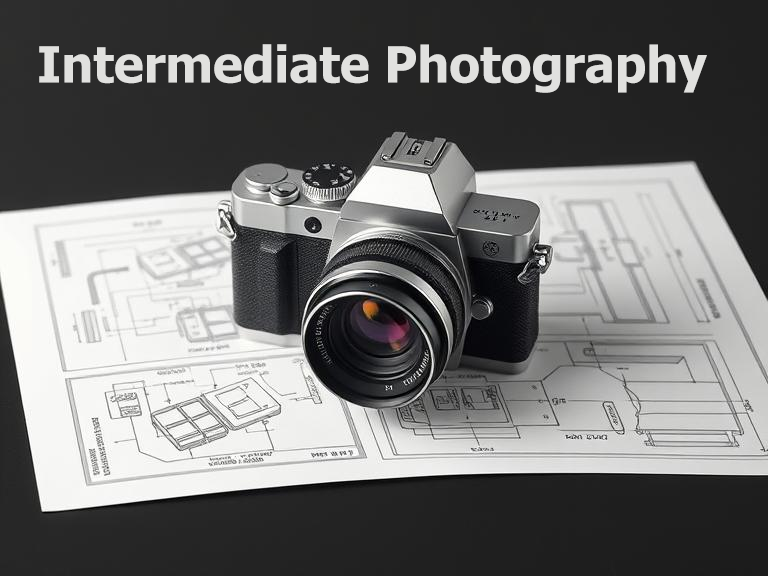Achieving stunning photographic results often hinges on the photographer’s ability to choose the right lens for the task at hand. Understanding the various types of lenses available and how they affect the final image is crucial for both amateur and seasoned photographers. This knowledge allows artists to creatively and effectively capture scenes with precision.
First and foremost, understanding the technical aspects of lens anatomy is fundamental. Lenses, essentially, are curved glass pieces that focus light onto the camera sensor. They come with various specifications such as focal length, aperture, and optical quality, all influencing the final image. Focal length, measured in millimeters, dictates the lens’s field of view and magnification. A lens with a shorter focal length offers a wider view, while a longer focal length provides magnification, ideal for distant subjects.
The prime lens, characterized by a fixed focal length, is valued for its sharpness, light weight, and wide apertures—making it perfect for low-light situations and creating beautiful background bokeh. The Canon EF 50mm f/1.8 or the Nikon 50mm f/1.8 D are popular choices, known for their versatility and affordability. These lenses encourage photographers to physically move around to frame their subjects, fostering a deeper connection with the scene.
Zoom lenses, in contrast, offer variable focal lengths, providing flexibility to cover multiple scenarios without changing the lens. They are indispensable for event photography where opportunities for lens swaps are limited. A classic example is the 24-70mm f/2.8 lens, beloved by wedding photographers for its ability to capture wide scenes and intimate portraits seamlessly. Although typically heavier and with smaller maximum apertures compared to prime lenses, advancements in technology have brought high-quality zoom lenses that rival primes in image quality.
Wide-angle lenses, typically below 35mm, embrace a broader perspective, ideal for landscape, architecture, and interior photography. These lenses capture expansive scenes and emphasize the distance between the foreground and background, adding depth to photographs. Enthusiasts of dynamic compositions often gravitate towards ultra-wide lenses, such as the Sony FE 12-24mm f/4, crafting images with a captivating sense of scale.
In contrast, telephoto lenses, generally ranging from 70mm to 200mm or more, are suitable for isolating subjects from their backgrounds, offering a compressed perspective ideal for portrait, sports, and wildlife photography. The Nikon 70-200mm f/2.8E FL ED VR lens, for instance, delivers exceptional sharpness and beautiful background separation, pivotal for stunning portraits where focus is on the subject’s features.
Macro lenses are specifically designed for close-up photography, allowing photographers to explore details invisible to the naked eye. With a 1:1 magnification ratio, these lenses are perfect for capturing the intricate patterns of nature or the textures of delicate miniatures. The Canon EF 100mm f/2.8L Macro IS USM lens stands out with its optical stabilization and superb image quality, empowering photographers to create detailed compositions with ease.
Specialty lenses, such as fisheye lenses, present unique opportunities for creative exploration. Distinguished by their ultra-wide view and strong distortion, these lenses transform ordinary surroundings into abstract artworks. Similarly, tilt-shift lenses provide control over perspective, often employed in architectural photography to avoid distortion and achieve a flawless parallel line in imagery.
Image stabilization is another critical feature in modern lenses, reducing the effect of camera shake, allowing for sharper images at slower shutter speeds. This is particularly useful for handheld shooting or in environments where carrying a tripod is impractical. Lens quality is further distinguished by coatings that minimize lens flare and ghosting, enhancing contrast and color fidelity.
Compatibility with different camera systems is essential. Mirrorless cameras, with shorter flange distances, open doors for using adapted lenses from other systems, expanding creative possibilities. Brands like Sigma and Tamron offer third-party lenses renowned for their quality and affordability, broadening the lens choices beyond native brands.
Selection of the right lens requires a blend of understanding technical aspects and personal style. Photographers must consider what emotion or story they wish to convey before choosing a lens. The interplay of lighting, depth of field, and focal perspective tailored through lens selection brings stories vividly to life.
Lens care is another aspect not to be overlooked. Regular cleaning using microfiber cloths, careful storage in padded bags, and the use of lens hoods can significantly prolong a lens’s lifespan, ensuring sustained performance over time. Using filters such as UV, ND, or polarizers can also protect the lens element while adding creative control over the final image.
The technological landscape continues to evolve, with leading manufacturers releasing advanced lenses featuring intelligent autofocus systems and mind-blowing optical quality. Staying updated with new releases and understanding their advantages can equip photographers with tools to elevate their creative expressions.
In conclusion, lenses significantly shape the artistry achievable in photography. Grasping the characteristics and applications of different lenses empowers photographers to capture their visions with clarity and creativity. By delving into the intricacies of lens types and how they enhance composition and storytelling, photographers can push the boundaries of their craft, consistently achieving stunning results that captivate and inspire viewers worldwide.


